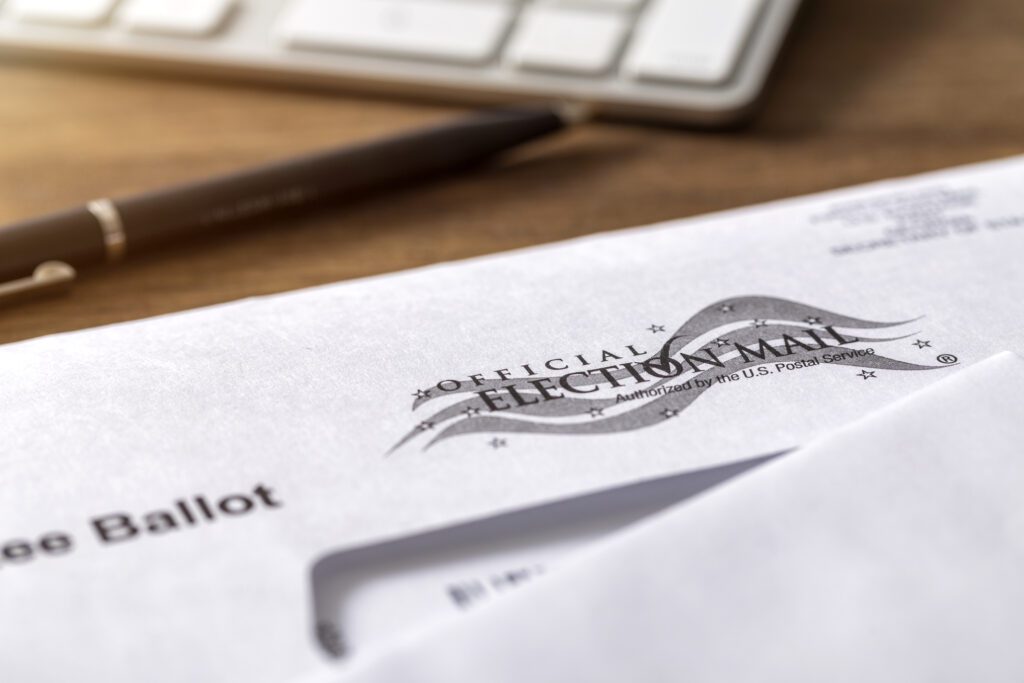The New Challenge for Field Strategists: Extending Programs Far Beyond Election Day
Planning for fundraising and field programs that run well beyond Election Day will be a must for some big ticket campaigns in 2022.

Image Credit: mphillips007
In an environment where more and more races aren’t getting decided on Election Day, field strategists are rethinking their programs and budgeting for weeks or even months beyond the first Tuesday following the first Monday in November.
Keeping a campaign structure going beyond the election isn’t a new idea — recall the rollout of Organizing for America (OFA) post-2008 — but it’s a lesson that candidates for higher office usually haven’t learned.
That’s because they’re used to running in elections where the margin of victory is wide — and not shaped by vote by mail ballots — unlike candidates for local office who are used working a ballot curing process or readying for a potential recount decided by a handful of votes.
“Certainly the events of 2020 woke people up, but it still takes reiterating: you have to have a plan,” Jenn Ridder, who served as national states director for the Biden campaign, told C&E. “Every field program should budget to be active through December because once you’ve done any ballot curing and votes are counted, you then have court battles where you might need hands.”
Ridder, now an EVP of organizing and campaigns at the Democratic firm Precision, recommended that campaigns have a separate fundraising program for their post-election expenses: “Have donors lined up and then use that budget,” she said.
Also, consider recruiting staff in October with a plan for them to stay in through the end of the year. “If you can bring fresh people on board who aren’t burnt out from the rest of the campaign, that’s even better,” she said. “You do get a bit of fatigue of people just being exhausted by the campaign, but saying this is at risk and you voted for it and we’ve already gotten this far is a motivation.”
Post-election strategy has long been a forte of practitioners running marijuana initiative campaigns like Matthew Schweich, deputy director of the Marijuana Policy Project. In November, Schweich found himself in the unusual position of having run a successful recreational-use legalization campaign in South Dakota only for the state supreme court to declare Amendment A invalid because it “violated the single subject requirement” for initiatives — despite passing with more than 54 percent of the vote in November 2020.
Schweich, a veteran of a half-dozen state-based marijuana legalization campaigns, said his group’s plan is to always stick around post-election.
“We’ve been involved in post-victory implementation battles in places like Maine, Massachusetts [and] Michigan in different ways in the past so our game plan is always to stick around,” he said. “There’s a lot of things that can happen” with implementation.
In South Dakota, “we did not plan to immediately shut down the campaign because wanted to see what would happen in the upcoming legislative session,” he said. “We knew there was the possibility of needing to defend the [separate] medical [marijuana] law, and we also, at the time, thought that the path forward on recreational would also require legislative action.”
The long-term strategy also gives Schweich’s group, which is a 501(c)(4) nonprofit that in-kinds staff time to the state-based campaign organization and also has an affiliated PAC that will help with fundraising, credibility with local supporters.
“When we’re going into another state for a 2022 campaign, or a 2024 campaign and we’re making the case that we should be the ones leading the [legalization effort], it makes people in the state more likely to trust and work with us,” he said.
Even before the Nov. 24 ruling Schweich’s team was already back at work gathering the 17,000 valid signatures ahead of the May deadline to get a scaled back initiative on the ballot for 2022. But now they have the advantage of data collected during the first campaign and a sense of frustration among voters that their voices aren’t being heard.
South Dakotans for Better Marijuana Laws, as the campaign is known, is now using ThruText to text supports in targeted geographies and drive them to supportive businesses where they can sign the petition for the new initiative question. Rather than including a link, the text copy asks if the voter will support the campaign and then sends them the names and locations of businesses in their area where they can go sign.
“What we’ve found is that including an actual link in your text script is less effective than just making it as easy as possible for the person to find the signing location,” said Schweich.
He’s also running Facebook ads to people who would support the issue. Those ads drive the voter to a custom-built Google map with the locations of bars, restaurants, smoke shops and hemp stores where supporters can sign the new petition.
“We have built out a list of over 40 signing locations across the state. These are businesses that support our cause where we have trained the staff” to help guide voters through the process once they arrive.
“The fact that these two laws we’ve passed have been under siege since Election Day means that we have a really compelling pitch,” Schweich added. “We’ve got people that are motivated and willing to make that 10-15 minute drive to a local restaurant.”


